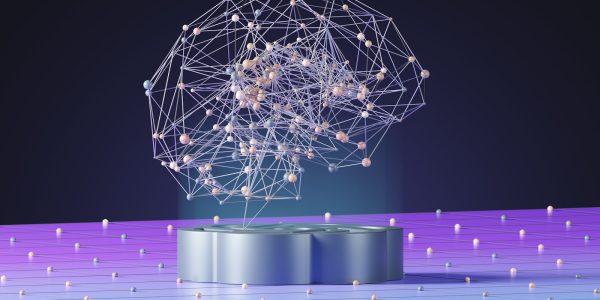How AI Agent Swarms Will Impact the Future of Work
The landscape of artificial intelligence (AI) and automation is undergoing a transformative shift, moving from isolated task-specific applications and physical “warehouse robots” to the development of interconnected autonomous agents called agent swarms.
In a recent article in CIO Magazine, contributor Shail Khiyara says that these AI-powered agent swarms are inspired by the remarkable collective behaviors of nature’s most efficient creatures and are poised to revolutionize our approach to complex problem-solving.
The rapid progress in large language models and generative AI technology has been a driving force behind the surge in AI agent capabilities. Today’s AI swarm agents are capable of making decisions and acting independently, therefore changing the game when it comes to integration of AI with conventional IT infrastructures. AI swarm agents can interact with a wide array of systems and services, and because they can be deployed by the millions and even billions to tackle a given challenge collectively, they can perform tasks traditionally done by humans on a much larger scale.
In an era of persisting labor shortages, it’s critical that staffing organizations learn to use technologies such as AI swarm agents to recruit and develop top talent faster and more effectively than we have in the past. These five areas represent the most immediate applications.
- Automated Recruitment and Screening: AI swarm agents can automate the screening of candidates, matching job descriptions with potential candidates’ profiles, and conduct preliminary interviews. This not only speeds up the hiring process but also ensures a higher quality of candidate selection through sophisticated matching algorithms.
- Dynamic Workforce Management: AI swarm agents can manage workforce allocations, predicting staffing needs based on market trends, and dynamically adjusting workforce size and composition in real-time. This leads to more efficient resource use and better preparedness for fluctuating demands.
- Skill Development and Training: Through the analysis of job performance data and emerging industry trends, AI swarm agents can identify skill gaps within the workforce and recommend or even facilitate targeted training programs. This ensures that the workforce remains competitive and up-to-date with the latest skills and technologies.
- Enhanced Employee Engagement: AI swarm agents can personalize employee experiences, from onboarding processes to career development plans, improving engagement and retention. They can also monitor employee satisfaction and productivity and provide insights for improvement.
- Predictive Analytics for Staffing Needs: By analyzing data trends, AI agents can predict future staffing requirements, helping leaders to proactively adjust hiring strategies. This predictive capability can be crucial for industries experiencing rapid growth or seasonal fluctuations.
The process of implementing AI swarm agents starts with a business question that is specific and actionable. By identifying specific use cases first, you establish clear objectives for what you want the solution to achieve. This clarity is crucial for setting measurable goals and expected outcomes, as well as fully understanding the impact on workforce efficiency.
Defining use cases upfront, with input from stakeholders across the organization, can save time and resources. It helps prevent the implementation of unnecessary or overly generic AI solutions that may not address your unique challenges or might require significant customization later. The identification process can also help you assess the risks associated with implementing AI swarm agents, including data privacy concerns, potential biases in AI algorithms, and the impact on workforce morale. This proactive approach allows for the development of mitigation strategies and ensures that the AI swarm agent implementation adheres to ethical guidelines and regulatory requirements.
AI swarm agents that act independently on our behalf are setting the stage for a significant leap in operational efficiency and user experience. Their ability to exponentially enhance human work efforts presents an exciting opportunity for forward-thinking organizations to find new and innovative solutions to the most vexing human capital challenges.
